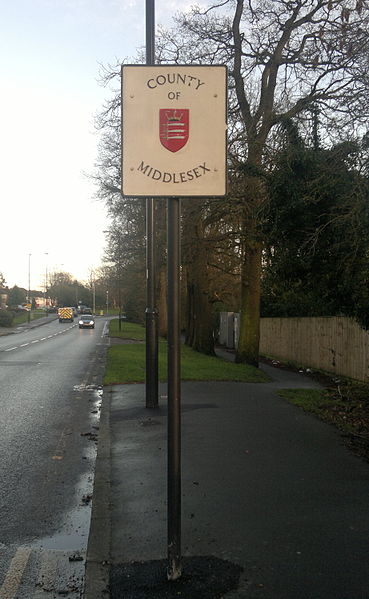Metropolitan Board of Works
The Metropolitan Board of Works (MBW) was the upper tier of local government for London between 1856 and 1889, primarily responsible for upgrading infrastructure. It also had a parks and open spaces committee which set aside and opened up several landmark parks. The metropolis, which the board served, included substantial parts of Middlesex, Surrey, and Kent throughout the 33 years leading up to the advent of county councils. This urban zone lay around the medieval-sized City of London but plans to enact a similar body in 1837 failed. Parliament finally passed the Metropolis Management Act 1855 which dissolved a short-lived building office and a sewers commission and made the Board effective as of December that year. The board endured until it was succeeded by London County Council, as its directly elected, direct successor, in March 1889.
Metropolitan Board of Works
Sir John Thwaites, first chairman of the board, in 1858.
James Macnaghten Hogg in 1887.
Middlesex was a county in southeast England. Its area was almost entirely within the wider urbanised area of London and mostly within the ceremonial county of Greater London, with small sections in neighbouring ceremonial counties. The county's boundaries largely followed three rivers: the Thames in the south, the Lea to the east and the Colne to the west. A line of hills formed the northern boundary with Hertfordshire.
Middlesex as part of the Diocese of London in 1714. The diocese was based on the East Saxon kingdom, and was probably originally larger than shown here.
The Middlesex Guildhall at Westminster, which now houses the Supreme Court of the United Kingdom.
Coats of arms of Middlesex (left) and Buckinghamshire (right) in stained glass at the exit from Uxbridge tube station.
County of Middlesex sign in 2014, on the border between the London Boroughs of Barnet and Enfield.







